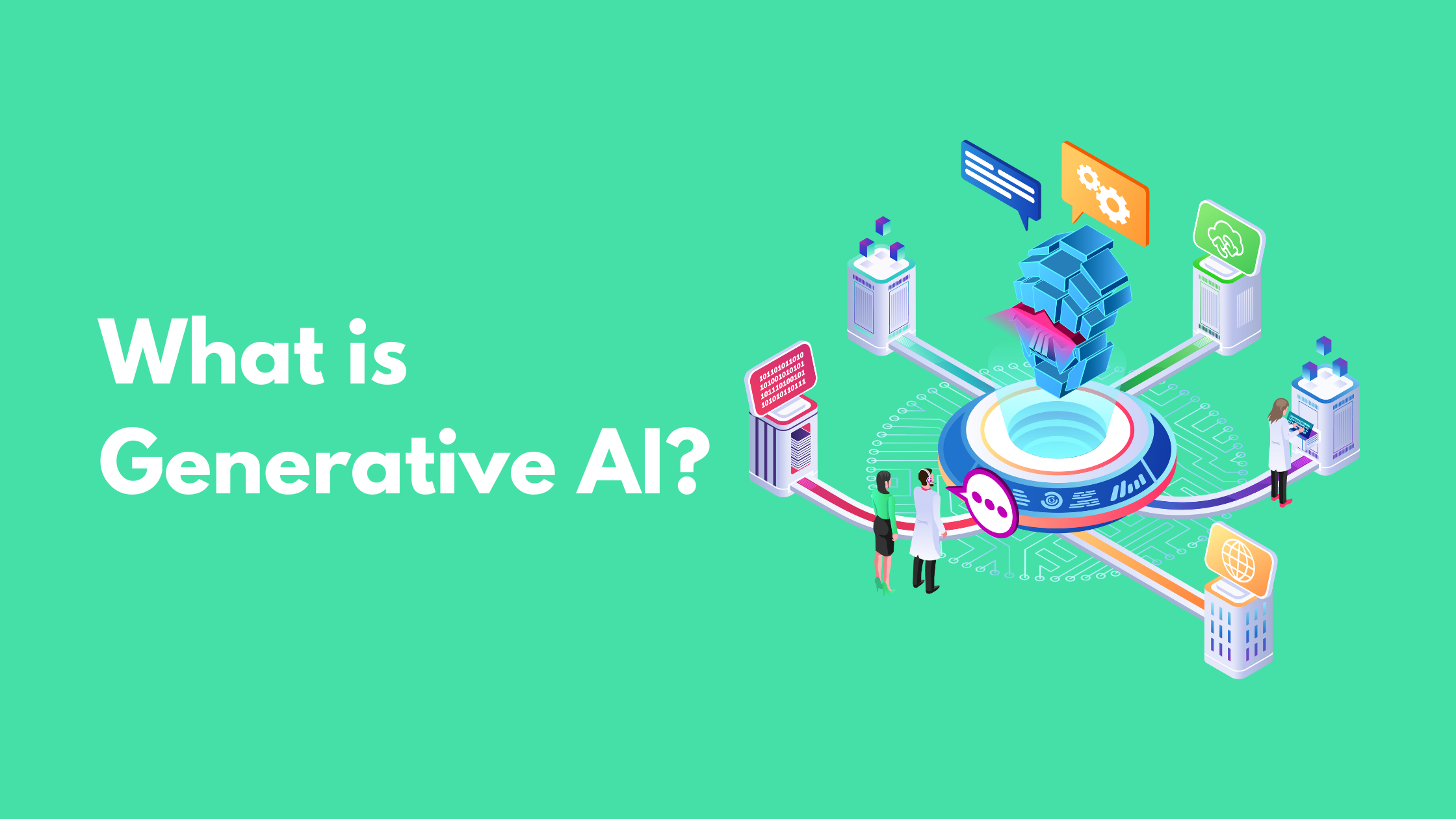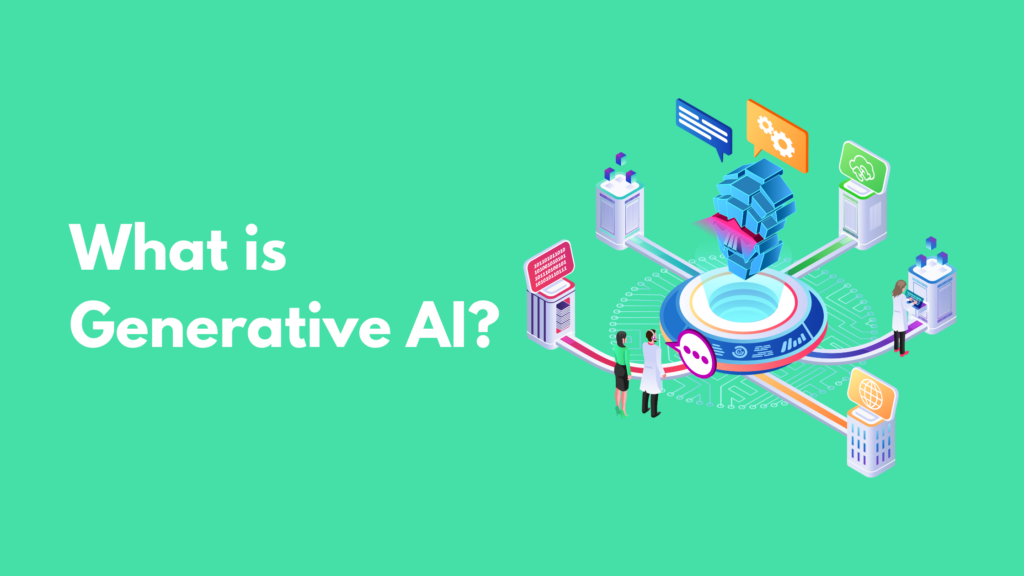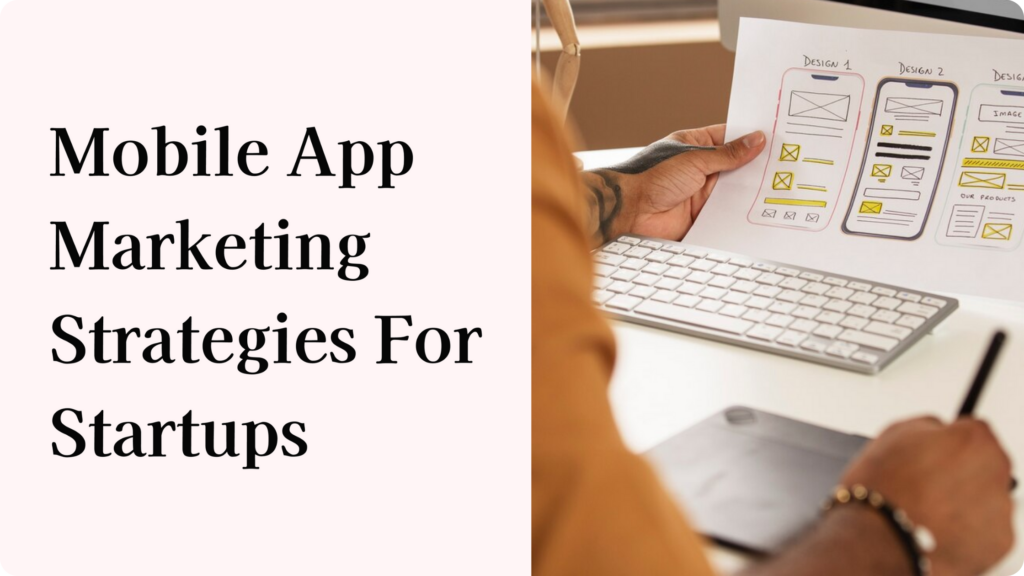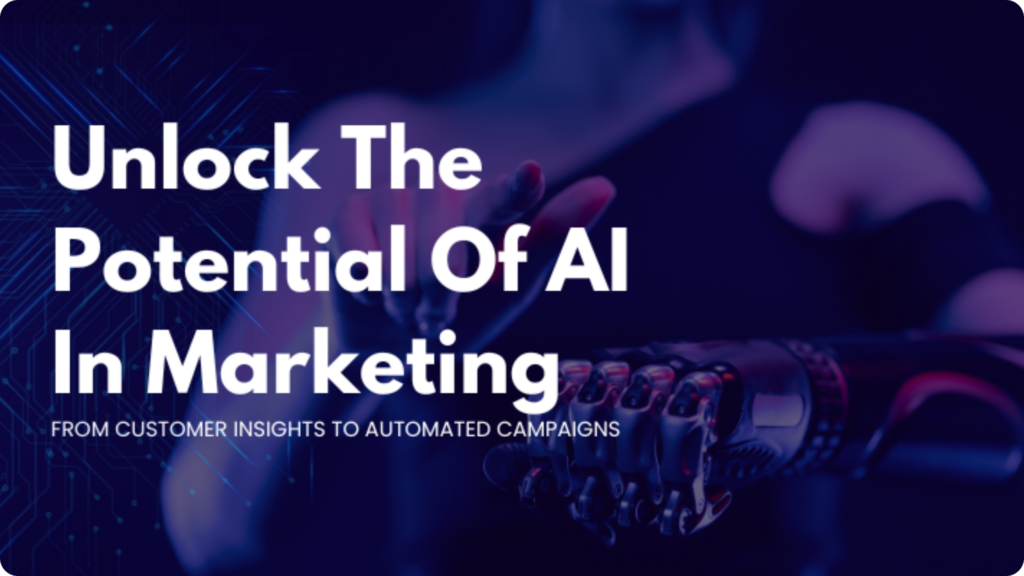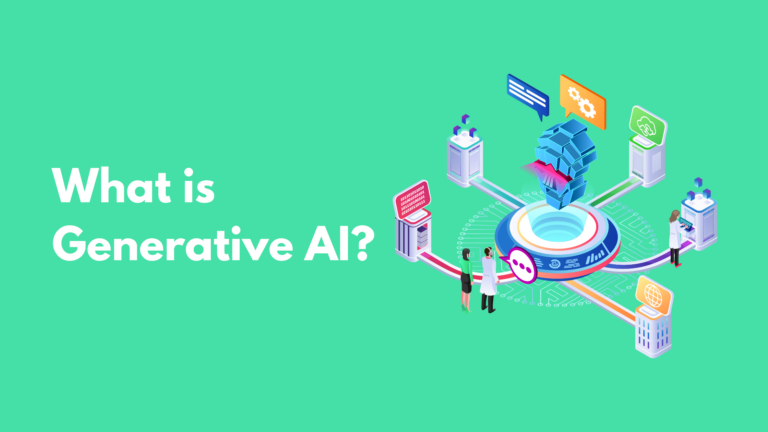Don’t look any farther. This post discussed tried-and-true methods for increasing user journey stages-specific engagement and retention.
It basically boils down to two important steps: acquiring a wide range of customer retention techniques and methods, and making an investment in excellent customer retention software to increase user engagement and reduce churn.
SaaS enterprises confront an even more intimidating average churn rate of 14% for monthly contracts and 15% for annual contracts, respectively, compared to companies with a churn rate of 5% or higher.
One common mistake is to prioritize customer acquisition over retention; consequently, this results in expenditures that are six or seven times greater.
This article examines important SaaS product user retention strategies and how they contribute to long-term revenue development.
What is Customer Retention in SaaS?
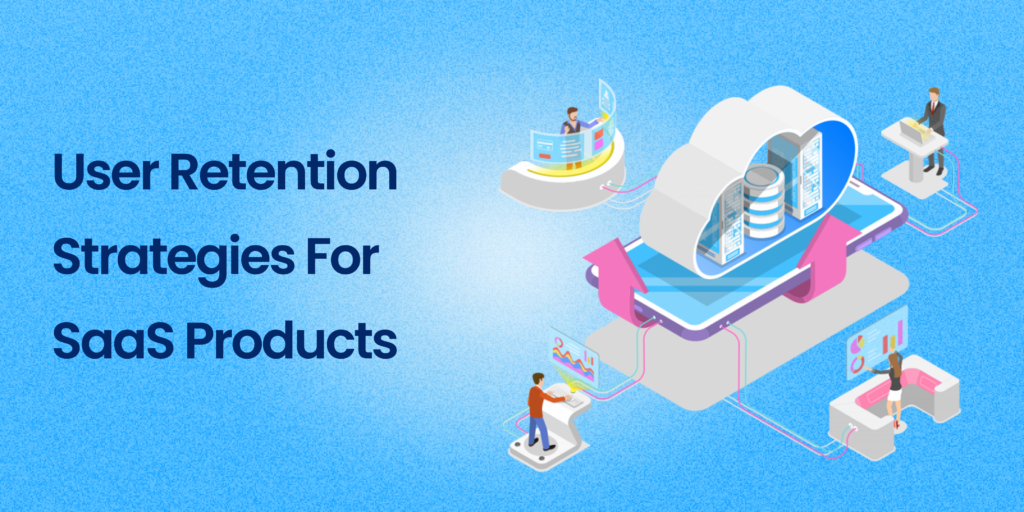
How many clients stick with your company over a given length of time is known as customer retention. In Software as a Service (SaaS), user retention is the capacity to maintain users’ interest and subscription to a software service for a prolonged duration. It includes churn prevention, which is a strategy to keep users around.
In the SaaS industry, an organization actively works to keep its users and boost the profitability of its existing customer base through various retention efforts.
In SaaS, user retention is essential to maintaining long-term client loyalty and, as a result, consistent revenue growth.
Why is it crucial to retain SaaS customers?
Gaining new clients is exciting, but SaaS companies really profit from keeping their current clientele. Because it boosts client lifetime value, customer retention is vital to the health of a SaaS company.
Since the cost of recruiting new consumers is much higher, it is more economical to retain existing ones.
Furthermore, strong relationships, excellent customer service, ongoing innovation, openness, and effective communication are all key to achieving high customer retention. Consequently, this brings benefits like referrals, repeat business, and insightful customer feedback.
User Retention Strategies for SaaS Products
Our list of the top 15 SaaS customer retention tactics can help your organisation maintain consumer engagement.
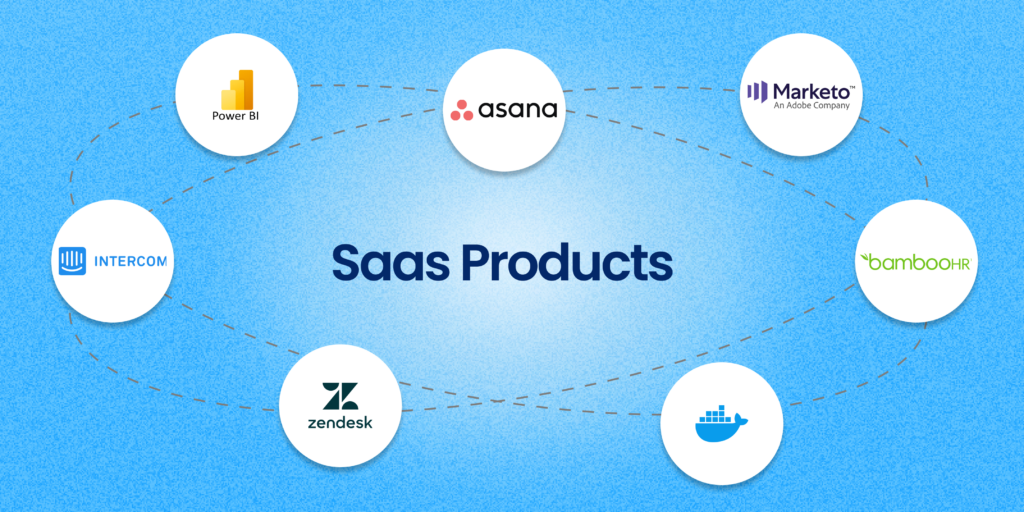
1. Establish Specific Expectations
Expectation setting is the first tactic on our list for customer retention. It’s a straightforward procedure: You clearly explain to clients what they may anticipate, how it will be delivered, and when they can anticipate hearing back regarding issues like service tickets or product concerns.
2. Rework the onboarding procedure
Enterprise firms stand to gain greatly from improving the onboarding process; 82% of them believe it is essential for generating value. A company can stand out in the competitive SaaS market with a well-structured onboarding approach. By taking a progressive onboarding approach, customers may take advantage of the product and accomplish rapid gains without feeling overwhelmed.
3. Put Your Offering in Perspective
By giving background information on your company and your offerings, you can avoid having your service compared to other SaaS providers who are not in the same industry. By giving background information on your company and your offerings, you can avoid having your service compared to other SaaS providers who are not in the same industry.
4. Provide Linked Upsells
Renowned for their wide range of possible add-ons, SaaS solutions offer these additional features. Furthermore, these upgrades often include greater processing power, storage capacity, or other software capabilities that facilitate establishing connections with other cloud-based services.
5. Make use of client journey mapping
Using a customer-centric strategy is an excellent way to retain SaaS users. Through persona-based customer segmentation and journey mapping, your business can anticipate consumer demands and take proactive measures to address them.
This mapping method not only identifies potential traps that could cause a consumer to defect to a competitor, but it also underlines each expected step.
6. Create a communication Skills
Once a customer is on board, especially if they have been a client for several months or years, it is simple to shift your focus and begin prioritizing acquisition over retention. Make a communication schedule that enables you to stay in touch with your clients on a regular basis to address this possible cause of attrition.
7. Utilise customised content to captivate users
Communicating with customers on a regular basis about updates, tricks, and tips improves their opinion of your product and demonstrates new uses for its features. By answering queries and resolving issues before they become more serious, consistent communication fosters strong and enduring client relationships.
8. Spend money on user instruction and training
A user who is engaged does not waver. A lot of customers stop utilizing a product or service because they don’t comprehend it. User education is about making sure users understand how to get value out of the product; moreover, it is not just about giving them complex instructions.
9. Create a Community for Your Product
Nothing about your product exists in a vacuum. It’s likely that if one customer has a problem, another is probably having similar issues. Similarly, if one finds a better way to integrate your offering, others might find it useful to know that as well. Users may be able to access and contribute to knowledge bases, forums, and tutorials within this community, which will help the community build upon your brand.
10. Utilise the Information of Leaving Clients
Even with your greatest efforts, some clients will still go away. Additionally, clients’ budgets or company needs may change, forcing them to switch to new providers; however, this isn’t always the fault of your product or customer service.
Conclusion
If your SaaS business is based on a subscription model, then you need to care about not just how many new customers you win, but also how the number of customers you keep – and how much money those customers spend. This implies that you must be concerned with keeping SaaS customers. In order to make sure that their goods and services are memorable, interesting, and offer sustained value to current clients, SaaS companies can employ a wide range of KPIs, objectives, strategies, tactics, and tools, as this article has demonstrated.
FAQs
Customer retention in SaaS refers to the culmination of all the actions a company does to maintain its users and increase the profitability of its current clients.
Why is SaaS customer retention important?
Because it enhances customer lifetime value, customer retention is more cost-effective than obtaining new ones, which comes with far higher acquisition expenses. This is why customer retention is so important to the health of a SaaS firm.
How is customer retention measured?
You may be tempted to ignore client loyalty if your expensive product rapidly recovers its cost of acquisition. However, you may have a different viewpoint if acquiring new consumers is also extremely difficult and costly!
How is SaaS product user retention calculated?
(Number of users at the end of the period – Number of users acquired throughout period) / (Number of users at the beginning of the period * 100%) is the user retention rate.
- Number of users at period’s end: The total number of clients at the end of the designated time period.
- Total number of new users added throughout that time: the total number of new clients attracted in the same period of time.
- Number of users at beginning of period: The total number of clients at the beginning of the specified time period.


